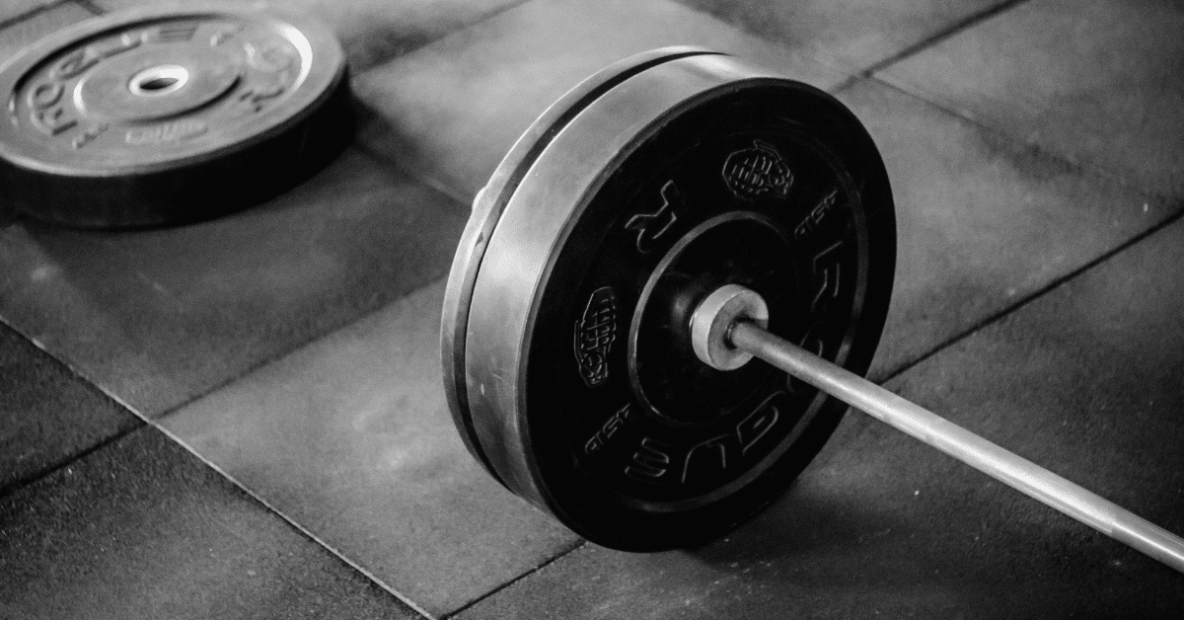If you’re a personal trainer, you probably spend a lot of time coming up with workouts and programming for your clients.
I can almost guarantee you’re over-thinking it and making it more complicated than you need to.
Your clients probably don’t need fancier programming.
You probably do know enough and don’t need to take another certification or course.
Some things to get clear on to help with client programming:
- is your programming knowledge the problem? Or are you projecting insecurity onto it comparing yourself to other personal trainers on social media?
- have you clients mentioned they have a problem with the programming?
- are your clients consistent enough to even benefit from a super intricate, progressive program?
- do your clients want to train, exercise, or move? these are all different things!
- what do you help your clients with? Why do they hire you? If your programming is “the point” of hiring you- pull back on everything else you’re throwing in there like coaching calls, etc so you have more space to PROGRAM for them.
- is your programming boring or are you just bored? Is boring bad? WHY is it boring? Break some rules and change that shit if “boring” isn’t hitting the mark for you.
Here are 3 tips to help you easily spruce up your client programming!
Incorporate tempo.
Manipulating tempo is one of the easiest tweaks to make to a program.
The longer it takes to complete a single rep, the harder it is.
Tempo work helps clients practice motor control.
Change position of load.
Example: for standard reverse lunges:
>1 DB in 1 hand
>1 DB in each hand
>front foot elevated
>rear foot elevated
>goblet position
>heavy DB or ball on one shoulder
>single arm front rack KB
>dual KB front rack
>Back rack barbell
>front rack barbell
>Zercher position lunges
>sandbag hold
12 positions for one movement here!
You could program lunges never repeat a “style” of lunges for 12 weeks!
Use Different Formats
Different types of supersets:
- pair non-competing muscle groups. Think: Overhead press + hinge
- pair antagonistic muscle groups. Think: triceps + biceps
If you’re always programming supersets, try single sets, tri-sets, or monster sets.
Bonus tip: expand exercise selection
Think: what other movements deliver a similar input?
Example: back rows
-single arm DB/KB
-cable: high, low, seated, kneeling, standing
-chest supported
-bird-dog back row
-plank row
-gorilla row
-banded rows
-standard BB back row
-Pendlay row
-T-bar row


